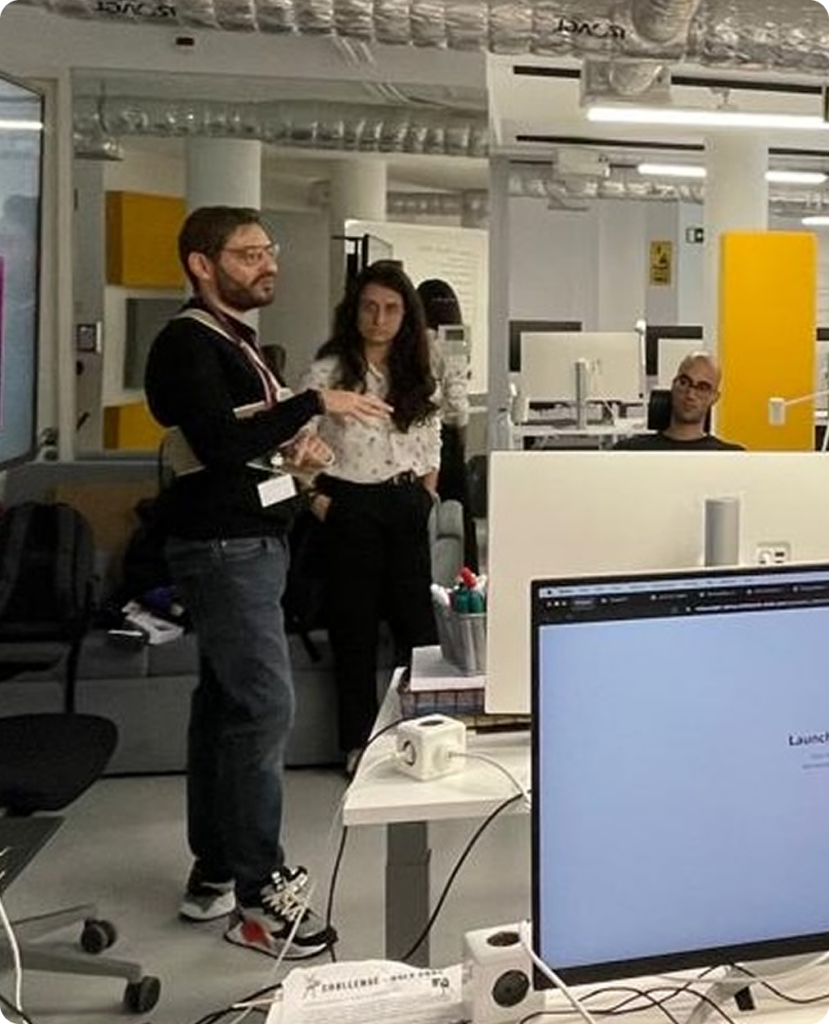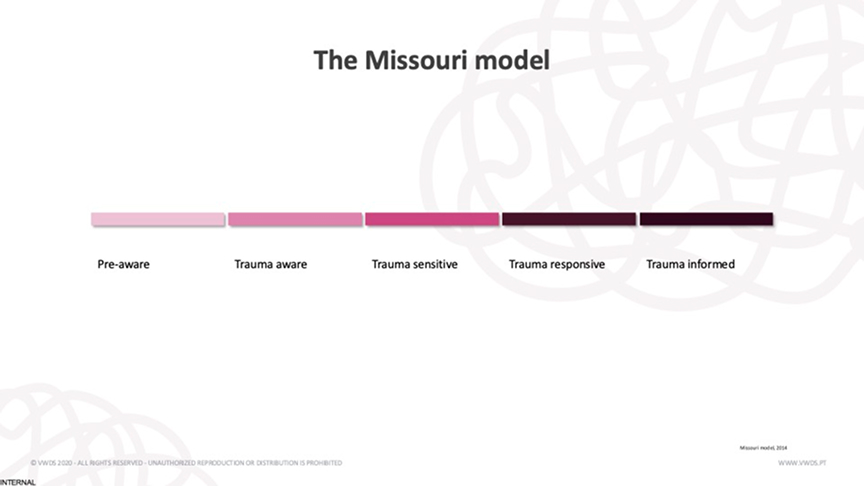


Yesterday, I had the pleasure of leading a web design workshop with my colleagues Bruno Vilaça and Beatriz Coronha for the Junior Academy bootcamp at Volkswagen Digital Solutions.
The focus was on a 20-year-old concept, the CSS Zen Garden (https://csszengarden.com/), where students were challenged to create their own iteration of it. The twist? Before jumping into code, students first had to develop their own design concepts—gathering inspiration images, choosing colors and fonts, and deciding on a layout to create a mood board that would guide their Zen Garden design.
During the workshop, students learned how to:
- Get inspiration from diverse sources to build a visual identity
- Communicate a layout by wireframing on pen and paper• Test their ideas through trial and error
- Share questions and findings using mutually understandable terminology.
I personally had a blast! And I wish all the new junior colleagues great success in their careers.
—
A big shoutout to Dave Shea for creating the Zen Garden. With just a little updating, it remains a fantastic creative exercise and teaching tool.


